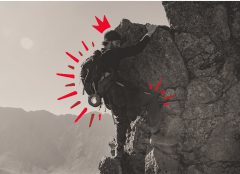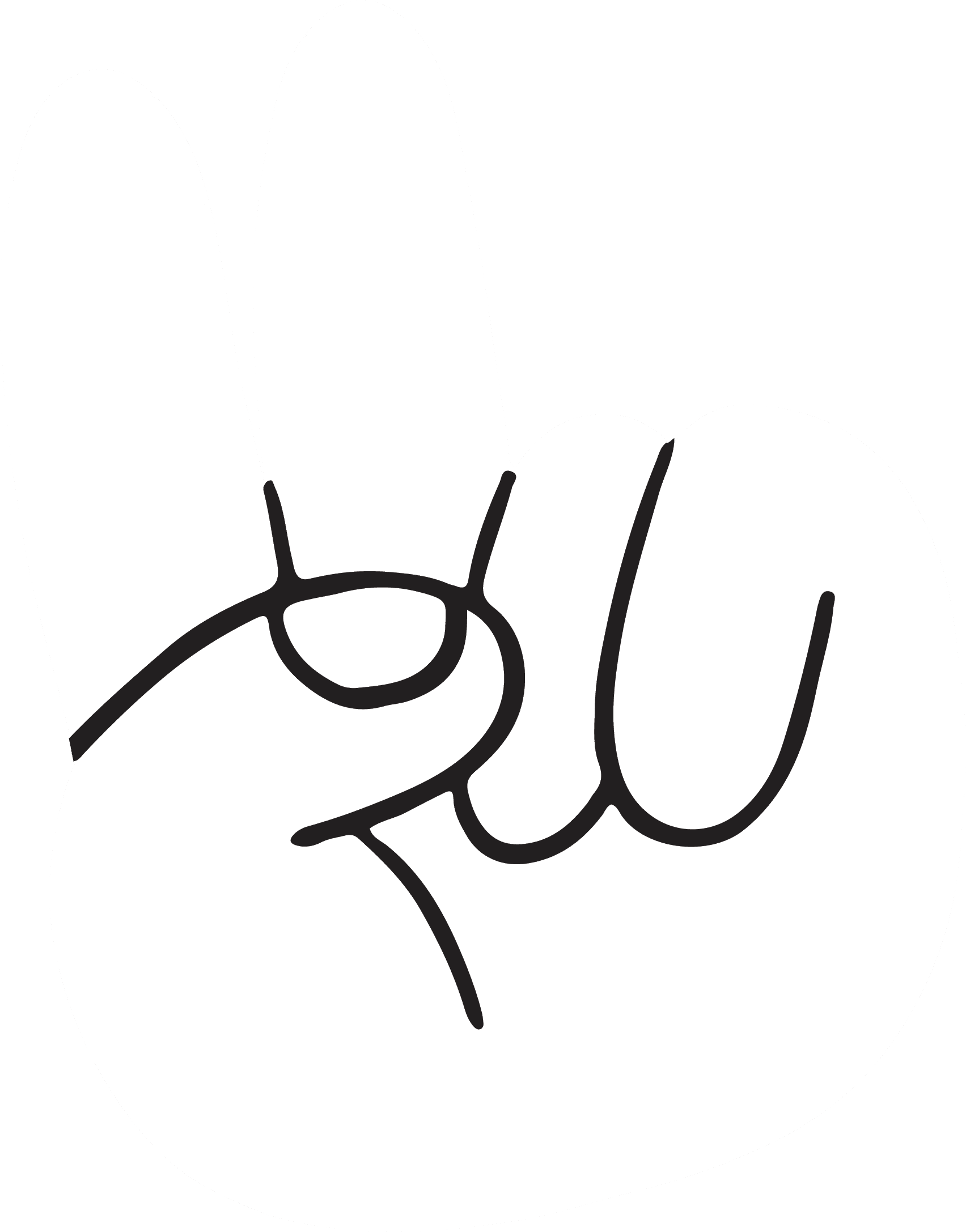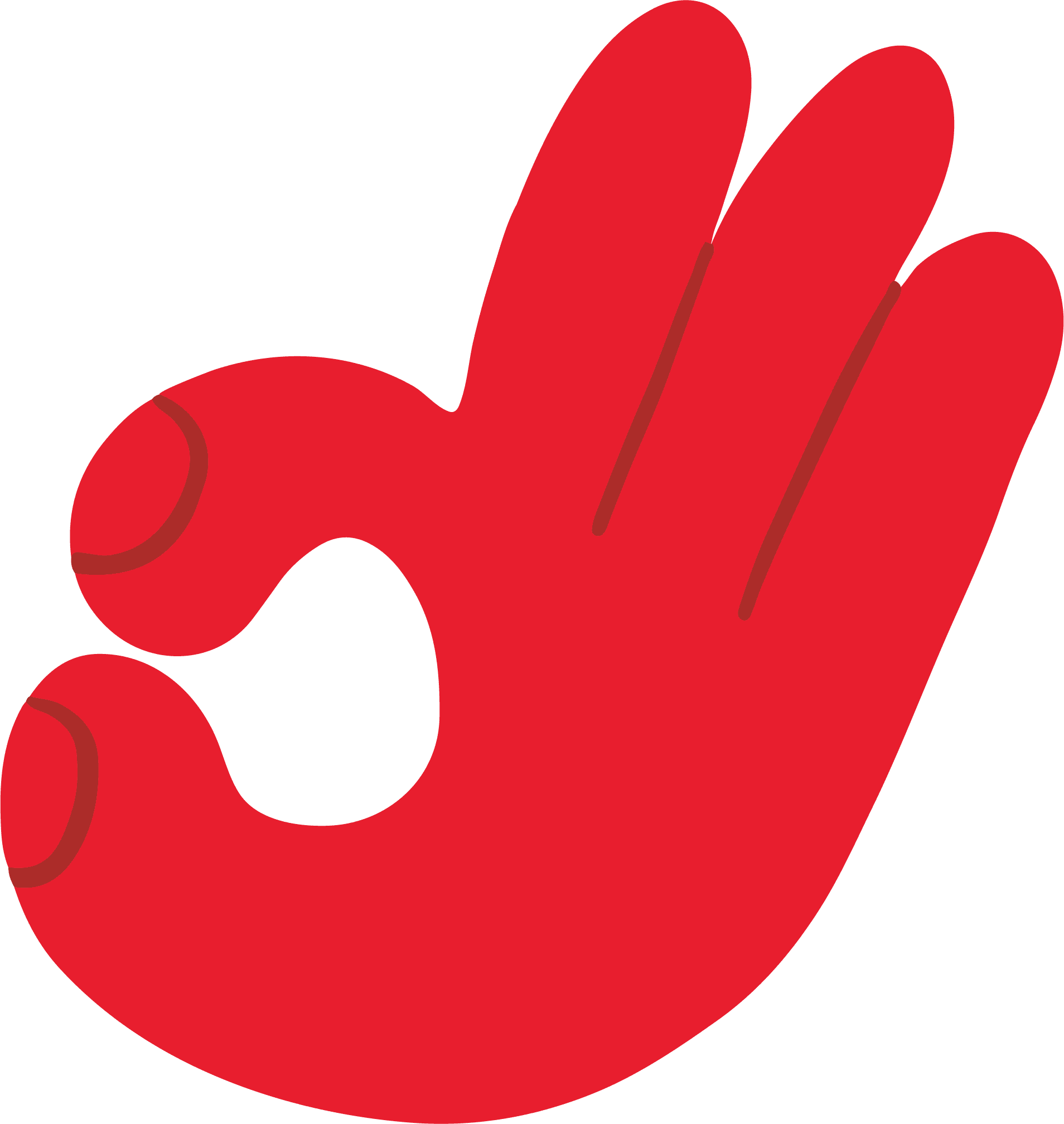
Making your team feel engaged and happy at work increases productivity, enhances loyalty, and helps you reach those new summits.
With our PEAK Award-winning Adventure Trek Program, we were able to engage and motivate our employees to reach new heights. This program motivated every team member, but most of all helped them feel proud of their accomplishments and empowered to take on new challenges.
Join us as Tressa shares all the juicy details about the planning, the prizes, and our celebration-worthy results!
Building an employee engagement program: This is something near and dear to my heart. And I think it goes right along with the other two presentations. A little bit about me. I am the CEO and president of SOLV. I'm an Idaho native wife and mother. I'm an adventure and an Explorer. And also the all city Vistage leadership award winner for 2021. This is a great organization. Something you should check out.
All right, let's talk about a few statistics here. Only 36% of employees feel engaged at work in 2021. If you do the math, that means 64% of employees are not engaged, which in my opinion is a huge opportunity for leaders. A highly engaged workforce increases profitability by 21% and companies with a thriving company culture at these four times higher revenue growth. Those are some great statistics and I think also imports and employee engagement program.
I think you got some great ideas from the previous speakers, but we're going to show you our program and what we built here at SOLV. These are the different steps that we're going to take. We'll walk you through them and tell you what we built, what we learned along the way, and also the impact.
It's an easy way for business owners and managers to re-energize and reinvest in our employees by making work fun. And when I say easy, the idea, the theory is, but it is a lot of work as was pointed out. It may take you a little bit to get going, but it's a great program and I highly recommend it. It's an innovative way to change the expectations of what work can be.
And it also challenges employees to take control of their professional and their personal development, rather than it being a top-down mission. It should come from the ground up, encourages collaboration across departments and throughout your entire company. We're big on collaboration here at SOLV, and I'm hoping my employees would agree with me on that.
There's a step-by-step process. You need to design your program, the depth company-wide implementation, as well as celebrating your results. We heard that a lot today on celebrating your results. And I really liked it that Connie and Laurie and Susan agree with that first design your program. I think there's two questions you could ask yourself. What's your intention. Are you trying to build company morale? Are you trying to increase productivity or perhaps attract new employees or it might be all three. There's a lot of intentions you can have with your program.
And you really need to ask yourself to start with the end result and work the problem backwards. What's your budget. This is one that you definitely need to talk about: giving cool prizes is not cheap, but the better the prizes, the higher the engagement and what I've learned over the years is money doesn't always work as a motivator. Money can be very transactional. You may give a prize as money and somebody buys a tank of gas. They pay a bill, they get a nice massage, but once that is done, it's done. When you give a great prize and somebody can look at it and know that they earned it and it's useful, they have that memory of how they felt when they earned it. And so it's more longer lasting than just money.
When you build a program, don't make it extra work. This is just a recommendation rewards should be based off of employees going above and beyond at their job. There's a lot of components that we have at solve that we incorporated into our engagement program. So this was not one more thing that the employees had to do on top of their currently busy schedule. Company-Wide implementation is very important. We recommend that you set the program expectations and in our mission is everyone succeeds. Everyone wins. This is not a participation program. It's not a participation trophy. We truly want everyone to succeed. And we want everybody to win. Employees are in the rewards that they want, and they are in charge of their own success. They have a year for the program and they can complete it and go at their pace. We divide into teams, friendly competition always helps drive engagement, and it is a lot of fun along the way.
We've had some very hilarious competitions and it's always fun. Preassigned or randomly draw team. Our current recommendation is to work outside of departments to increase collaboration. We have four teams in our company and they're made up of different departments. And it's just a way for employees to get to know someone a little bit better than someone they work with every day. And it increases that understanding of how my work impacts you, how your work impacts me and teams work best to help make sure no one is left behind. We want everyone to have the opportunity to win. And when you're in that team environment, and you truly want everyone to be successful, you help each other along the way as a leader, are you scared about program adoption? Sometimes you might be, but I think if you've got a good group, you shouldn't be scared.
All employees might not be on board at first. However, you only need 10% to bring the swarm. Once you've got that 10%, the rest will come. If you know who the early adopters are of your program, get them involved. And pretty soon people will see what that program does and how it can help them. And then everybody wants to be involved. I'll also you a little side note here, and we are reading a book called unleash possible and our marketing book club, our marketing team leaders started that, and it talks a lot about the swarm in that book. So if you want to know more about that, I'd be happy to talk about it, but also that's a great book.
Celebrate your results. We've heard that a lot. And that's one thing I had to learn as a leader. I'm usually the person who gets my tasks done. And then I move on to the next one. And through some coaching from the ladies at Consilio, I learned to slow down and celebrate the wins more. So we do monthly stands up stand ups and reporting is recommended to keep everyone up to date with points and rewards by regular updates and company-wide meetings. We have a standing staff meeting each month. It's called the town hall meeting. It's the same time, same day of the month. So everyone attends and we always celebrate our adventure Trek program during that it keeps the program top of mind and in front of everybody's faces. So that it's not one of those initiatives where you started. And then you kind of forget about it.
We try to keep that on the forefront of everybody's mind, end of year review. This is a great recommendation. Determine the success of the program by viewing the energy behind your team and the overall company engagement. Did you start off the year, gangbusters on your program and then have a mid-year depth and then maybe finish out the year with some energy. You need to be able to identify if your teammates and your group is still as motivated in your program at the start and at the finish evaluate and make changes to make next year's program better. I always highly recommend doing a post-mortem on anything that you do, whether it's an activity, a marketing event team building an initiative have honest feedback about how well it went. Were there things that you should stop doing start doing and you should improve. We're right in the middle of looking at our program for 2022, which will kick off in January at the town hall meeting.
And we have some things that we would like to do better and improve, and we're going to keep doing the things that worked really, really well. So we always recommend to stop and review employees, not earning rewards. If you install a program, put it together, and you have employees that aren't earning the rewards. You need to recognize that. And it becomes time for management to step in and set a meeting and identify the pain points to make adjustments for their success. This is about your employee's success, and it's not a time for same or blame. It's a time to show the employee employee that you truly care about them. You want to understand where they're at along their journey and how you can stand shoulder to shoulder with them and help them along. I don't recommend changing the program. I recommend you help them succeed in the program.
Culture is king. I think you should be doing an activity right now. So our goal was to keep our KPIs top of mind. We wanted everyone to complete their KPIs each year. We want to promote teamwork. And of course we want to have a lot of fun along the way. The plan was to establish a warlord system based off of our company values and attach incentives to those points. And we utilize stickers, patches and unique prizes for our reward system. So each employee can earn stickers. We built the sticker program. You can earn two points for each of these, except for one, we get three points. So good examples are we have a company book that we read each beer. This year it was The Convenience Revolution.
You could volunteer in our community, which serves our purpose. Lead a Tuesday teams meeting, lead a lunch and learn, receive a cross team testimonial, get a customer referral or participate in a peer evaluated process improvement. So all of these support, our purpose or mission, or just cause as was talked about a little bit earlier, but it's something that's an expectation for our employees. And we wanted to get this in front of them and give them an opportunity to complete the work and get some points along the way.
The images at the bottom are the actual stickers that we gave out. They're full color die-cut stickers. And I see them popping up on people's water bottles on laptops, other people's foreheads. They popped up in some interesting places!
All right, badges, yes, we went old school. These are actual iron on patches. There's five of us, four, five patches. Four of them represent the teams. And one represents the ELT team, our adventure Trek program this year with the program that we set as we're climbing a mountain. So you can see there's a theme there, you earn the patches by completing a KPI, which has to be signed off by your executive leader. And you get one patch for each KPI. Plus you get a point, plus you get $25 in cold, hard cash.
And you also get to earn a lot of prizes along the way, which I alluded to a little earlier. I truly believe with give memorable, meaningful prizes for your employees and or customers. You want people to keep them and use them. So we started off our rewards program. We called it the adventure track was zero points. And we gave each employee a backpack of their choosing. We gave five different ones, choose your backpack. Cause we wanted to start them off with something to hold their gear. The image, you see how the five patches on the backpack, which we see people putting their patches as they collect them on the backpack. So it's a great reminder at four points, they got to earn a Bluetooth speaker lantern, eight points. It's a, multi-tool 12 points. You get the red Buffalo blankets, 25 points. You get an outdoor camp chair.
And that is a coveted camp chair, everywhere I go and I take itc everybody loves it. It's super cool. 50 points. You get $50 cash. And it's 75 points. She gets $75 cash. So you can see the points add up and there's multiple ways that you can earn those points. So we wanted to make it fun. And we wanted to make it accomplishable. How do you get your employees on board? We recommend a mandatory company meeting inform the entire team of the new program, informing them at the very beginning of the year. So they have the full year to work on it, break out in teams for the rest of the year is what we did. And we did give some really cool spirits to inspire a competitive feeling and divided everybody into teams. Make sure you set the expectations. Clarity is kindness.
KPIs are mandatory here and you must complete those. You can get as many or as little points as you want. It's up to you to determine your success and team reporting is monthly to see where each individual plus team successes are on our handy-dandy graph. So we do that in our monthly town hall meeting. So when I show the next slide, I would like you all to think about has dispensers. This is my favorite slide. All right, this is the chart that we, so each month I think it looks like Pez dispensers. So each employee is represented by their avatar and we use the avatars throughout the year for other things, and it represents each of the points that they've individually earned, but it also represents each of the points they have earned as a team. So as you can see, our group has really done a fantastic job of individually earning points, as well as working with their teams to get points, the results we saw in the company where we had more KPI completions in the past than in the past years and KPIs are getting completed earlier in the year because everybody wants their prizes.
And the impact that makes to the company is huge because when KPIs get done early on, you have the ability to impact your processes impacts the way customers feel impact helping customers. So just getting that done earlier in the year with fantastic higher morale among the Saul team, I'm sure Laurie and Susan can tell you, this is a highly competitive group and you have to have a wicked sense of humor to work here. So the morale is really boosted around here and more collaboration across departments to make our current systems better. We attracted new employees and part of our program has been to get them involved in the culture from the beginning. And the adventure start program has really helped that I will make this statement. It's a little preemptive for our town hall meetings tomorrow, but every employee that we have who has been here the entire year has earned the highest prize they could get.
And the new employees are on pace, even though they've only been here for about four to six weeks, they're on pace to get their camp chair by the end of the year, which I think is super fantastic. It's just amazing to see what everybody's done. And then also this is a, we belong to a nationwide industry association and we submitted our, the marketing team did submitted the program to their annual peak award contest. And the team won a very wonderful plaque. It's a actual, an award that they won and they will be recognized in the magazine or the industry coming up. So they ended up fantastic job. All right. We're firm believers and action items. So we want to give back to everybody who attended today. If you go to the URL, that's on the screen right now, and you have to type it in exactly as is and book a discovery meeting with any of the people is being on the list.
You'll receive another gift. That'll help you start on your engagement program on the right foot. So I'll pause here for a moment. So you can write that down. We're firm believers, that, like I said, an action items, but also giving back to our community and our customers. And this is one way that we can help you. I did hear that Connie said that she has coffee with every new employee to get to know them. I would also tell you that Connie, Lori, Susan, and myself would welcome any sort of meeting with whatever beverage you choose. And we would love to talk about any of these topics with you, but then we get very excited about I'm also a firm believer in a quote. So I'm going to end with this one. Hopefully this is inspirational to you. Leaders leaders need to no longer approach engagement as a sporadic exercise to make employees feel happy, but to give ongoing purpose and development to achieve more for your business. I think it's very important that we as leaders, like Connie said, carve out the time, make the time to develop our culture and an employee engagement program.


Copyright © 2025 SOLV, All Rights Reserved
Privacy Policy & Cookie Policy